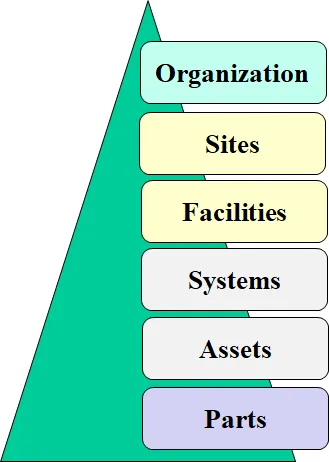Found 469 results
Open Access
Review
30 June 2025The Immunopathogenesis of Autoimmune Encephalitis-Related Psychosis, A Comprehensive Review of Humoral and Cellular Mechanisms
Autoimmune encephalitis has reshaped the understanding of neuropsychiatric disorders by highlighting the role of autoantibodies in psychosis symptoms, which often mimic primary psychosis conditions. This review synthesizes recent research on autoimmune encephalitis-related psychosis, broadening the focus from humoral immunity to T cell autoimmunity and the communication between the peripheral and central nervous systems. We discuss the identification of neuronal antigen targets, particularly the N-methyl-D-aspartate receptor (NMDAR), and their involvement in disease pathogenesis. Current treatments, such as plasma exchange and intravenous immunoglobulin, primarily target the pathogenicity of autoantibodies. However, emerging evidence suggests a crucial role for T cells, glia cell, and B cell in the immunopathogenesis of autoimmune encephalitis-related psychosis diseases. Autoimmune factors, including T and B cells, can either infiltrate the brain from the periphery or propagate via interacting with other cells, like glia, within the brain itself. This review advocates for a comprehensive approach to studying and treating these conditions, integrating both humoral and cellular mechanisms.

Open Access
Article
30 June 2025Hydrodynamic Analysis of Offshore Floating Photovoltaic Structure with Elastic Connection
Offshore Floating Photovoltaic structure (OFPV) represents a promising solar energy technology characterized by high conversion efficiency and suitability for large-scale deployment. However, the safety and economic synergy problems of floating structures restrict the industrialization and large-scale development of OFPV. We propose a novel OFPV with elastic connection and modularizable HDPE float blocks. The numerical wave tank is established by the turbulence model in FLOE-3D, based on the Navier-Stokes equations. Hydrodynamic analysis of the OFPV is conducted by using the Generalized Mode-Order (GMO) approach. Furthermore, the dynamic responses and mooring loads of the OFPV with elastic and rigid connections are compared. The results show that the average pressure of the photovoltaic support structure with the elastic connection is positively correlated with the wave height. The tension value of the elastic cable is higher at the outermost peak tension. The OFPV with the elastic connection structure has more obvious advantages in extreme wave state conditions than the rigid connection. This study provides theoretical support for the design and engineering application of OFPV.
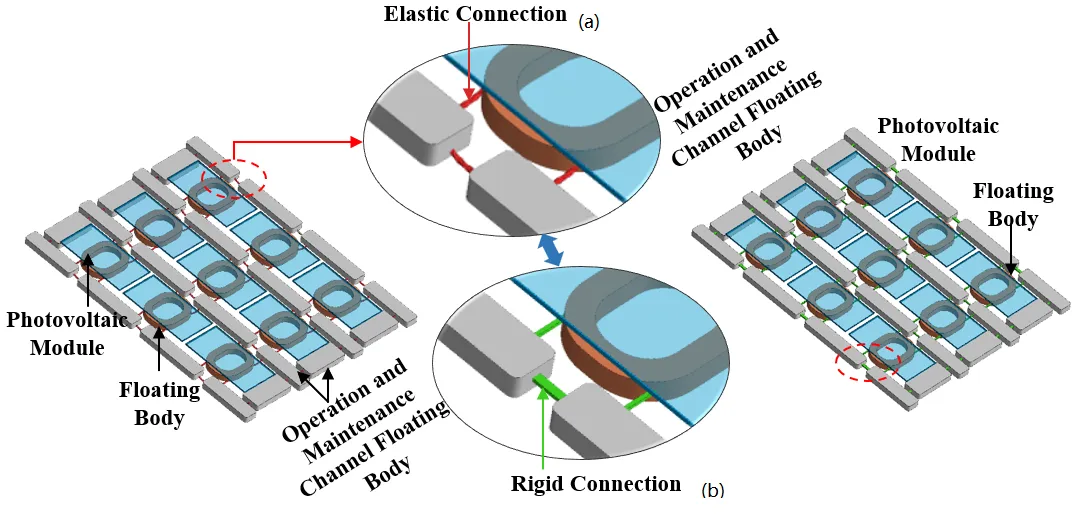
Open Access
Article
30 June 2025Review of Cyprinodontiform Fishes in the Upper Congo Drainage with Descriptions of Four New Species of Seasonal Nothobranchius (Nothobranchiidae) and a New Species of ‘Lacustricola’ Lampeye (Procatopodidae) in South-Eastern DR Congo
The cyprinodontiform fish fauna of the Bangweulu–Mweru and Upper Lualaba freshwater ecoregions, situated in the uppermost Congo River drainage, has been reviewed. This study introduces four newly described species of seasonal Nothobranchius killifish and a novel species of lampeye belonging to the genus ‘Lacustricola’. Nothobranchius iridescens, new species, from the Kafila system in the Lufira drainage, is characterized in male colouration by anal fin with irregular red-brown spots and stripes, creating two irregular submedial and medial bands and with broad yellow subdistal band; and a caudal fin with a slender light blue subdistal band, densely marked with irregular red spots, and narrow dark brown distinct distal margin. Nothobranchius katemomandai, new species, from the Kay system in the upper Lualaba drainage, is characterized in male colouration by an anal fin with narrow brown submedial band, followed by a slender yellow band, a slender red-brown band and a slender dark brown distal band; and a caudal fin with brown spots proximally and medially, and with slender white to light blue subdistal band and a narrow dark grey distal band. Nothobranchius marmoreus, new species, from the Lufukwe system in the Lake Mweru basin, is characterized in male colouration by a body with irregular red-brown patches and stripes, forming a marble-like mottled pattern; and anal and caudal fins with slender yellow to amber subdistal band and broad dark brown distal band. Nothobranchius dubieensis, new species, from the Lubule system in the Luvua drainage, is characterized in male colouration by an anal fin with narrow dark brown submedial band, narrow yellow and orange medial bands, narrow white subdistal band, and slender dark brown distal band; and a caudal fin with irregular red-brown spots and stripes proximally and medially, followed by an irregular narrow red-brown subdistal band and slender white distal band, and with interrupted red-brown fin tips. ‘Lacustricola’ gemma, new species, from the Kay system in the upper Lualaba drainage, is characterized by a pattern of iridescent, diamond-shaped, light blue spots in scale centres below mid-longitudinal series on posteroventral portion of flank; median fins yellow to hyaline, with dark grey stripes perpendicular to fin rays; dorsal fin with light blue distinct margin; anal fin with dark grey margin. Analysis of mitochondrial COI gene sequences revealed that the five new species represent phylogenetically distinct lineages. These findings not only underscore their genetic uniqueness but also confirm their placement within the Nothobranchius brieni species group and the genus ‘Lacustricola’. Species of the genus Nothobranchius complete their seasonal life cycle in ephemeral natural habitats within freshwater wetlands, while ‘Lacustricola’ species migrate to breed in flooded areas of shallow, typically seasonal wetland habitats at the onset of the rainy season. These wetlands are highly vulnerable to a variety of human-induced stressors and threats, including agricultural cultivation, water extraction, urban expansion resulting in land-use pressure, and increased pollution, particularly from industrial activities such as mining. Therefore, it is essential to protect the integrity of these unique aquatic habitats throughout all the seasons of the year to maintain healthy wetland ecosystems and safeguard the distinctive seasonal freshwater biodiversity they support.
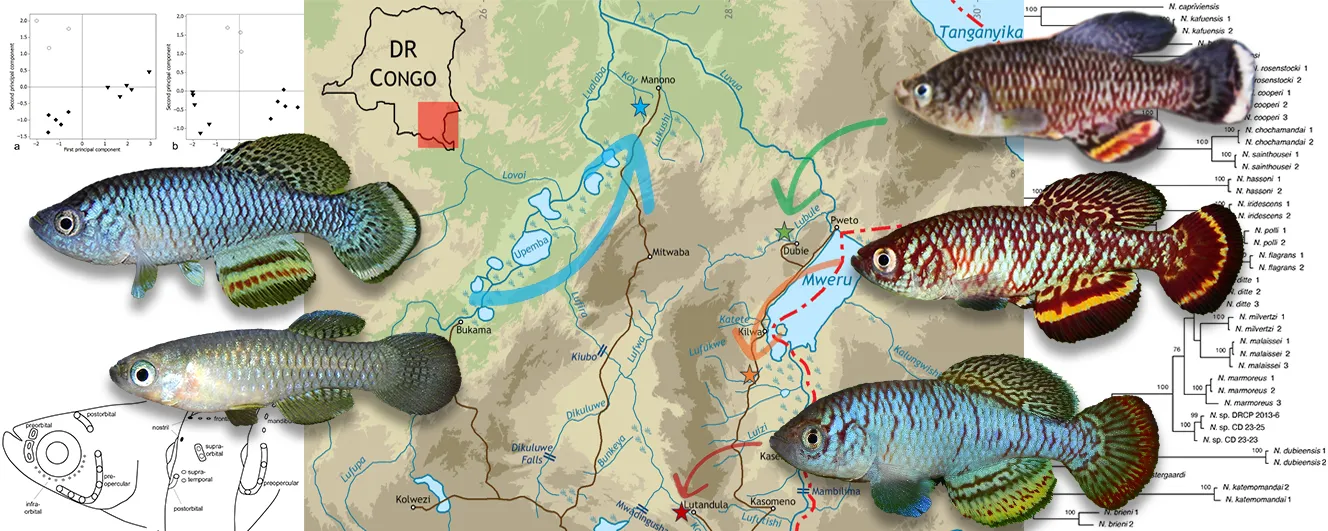
Open Access
Article
27 June 2025Non-Invasive Evaluation by the HEMOTAGTM Recording Device to Tailor Treatment of Acutely Decompensated Heart Failure
This study evaluated the clinical utility of the HEMOTAG™ recording device—A non-invasive, wearable system that measures cardiac time intervals (CTIs)—in managing patients with acutely decompensated heart failure (ADHF). The prospective, single-center study enrolled 105 patients, including those hospitalized with ADHF and a control group with non-HF-related conditions. Daily measurements of isovolumetric contraction time (IVCT), a key CTI marker, were collected using the HEMOTAG device and compared with NT-proBNP levels obtained on admission and day 3. Among ADHF patients, IVCT decreased in parallel with NT-proBNP levels, indicating volume status improvement with therapy. In contrast, the control group showed no significant change in IVCT or NT-proBNP. An IVCT ≥ 40 ms demonstrated strong sensitivity and specificity to detect ADHF (NT-proBNP ≥ 1800 pg/mL). These findings suggest that IVCT trends measured by HEMOTAG correlate with short-term treatment response in ADHF and could offer a non-invasive method to guide heart failure management. The technology demonstrated feasibility, safety, and clinical relevance, supporting its potential role in future remote management strategies.

Open Access
Review
27 June 2025Targeting Collagen Secretion as a Potential Therapeutic Strategy to Modulate Fibrosis
Fibrotic diseases are driven by the excessive accumulation of extracellular matrix (ECM), particularly collagens, leading to progressive tissue stiffness and organ dysfunction. While many factors contribute to fibrosis—including cytokine signaling, integrin-mediated mechanotransduction, and altered ECM degradation—the synthesis and secretion of collagen remain central bottlenecks. Collagen biosynthesis is a complex process involving extensive post-translational modification and intracellular trafficking. The export of procollagen from the endoplasmic reticulum (ER) requires Transport and Golgi Organisation 1 (TANGO1), a transmembrane organizer of ER exit sites that coordinates cargo selection, membrane remodeling, and connectivity between the ER and the ER-Golgi-Intermediate-Comaprtment (ERGIC). By assembling into ring-like structures at ER exit sites, TANGO1 builds a secretory route for bulky cargoes that bypasses conventional vesicle constraints. Loss of TANGO1 disrupts collagen secretion and causes developmental defects across various species. In fibrotic tissues, TANGO1 expression is upregulated, linking secretory machinery to pathological matrix deposition. Recent work has identified specific interfaces within the complex of TANGO1 with its vertebrate paralogue Cutaneous T-cell lymphoma-associated antigen 5 (cTAGE5) as targets for cell-permeant peptide inhibitors. Inhibitors that selectively and specifically block TANGO1 complex formation reduce collagen secretion in fibroblasts and scar formation in vivo, offering a new strategy to modulate fibrotic processes.

Open Access
Article
27 June 2025Dynamic Oxidation Behavior and Exceptional High-Temperature Resistance of Nano Particle-Strengthened Superalloy (MA 754) under Cyclic Temperature Conditions
The degradation of industrial components due to high-temperature oxidation poses a significant challenge. This study highlights the excellent oxidation resistance of the MA 754 superalloy under cyclic high-temperature conditions at 1100 °C. The weight change during thermal cycles was measured to assess the kinetics of oxidation. Optical microscopy, scanning electron microscopy, X-ray diffraction, and energy dispersive spectroscopy were used to characterize the oxide scales’ microstructure, morphology, phases, and composition. The results revealed that the MA 754 superalloy demonstrated excellent resistance to oxidation, with a mean net mass change of 0.032 mg/cm2 over the oxidation time. The oxidation products identified were NiO and NiCr2O4. A small peak suggests the possible formation of Al2O3. The oxide scales’ morphology changed from pyramidal to granular type during the oxidation test. The oxidation steps of the MA 754 superalloy were determined by comparing the microstructures of the alloy surface next to the oxide layer.
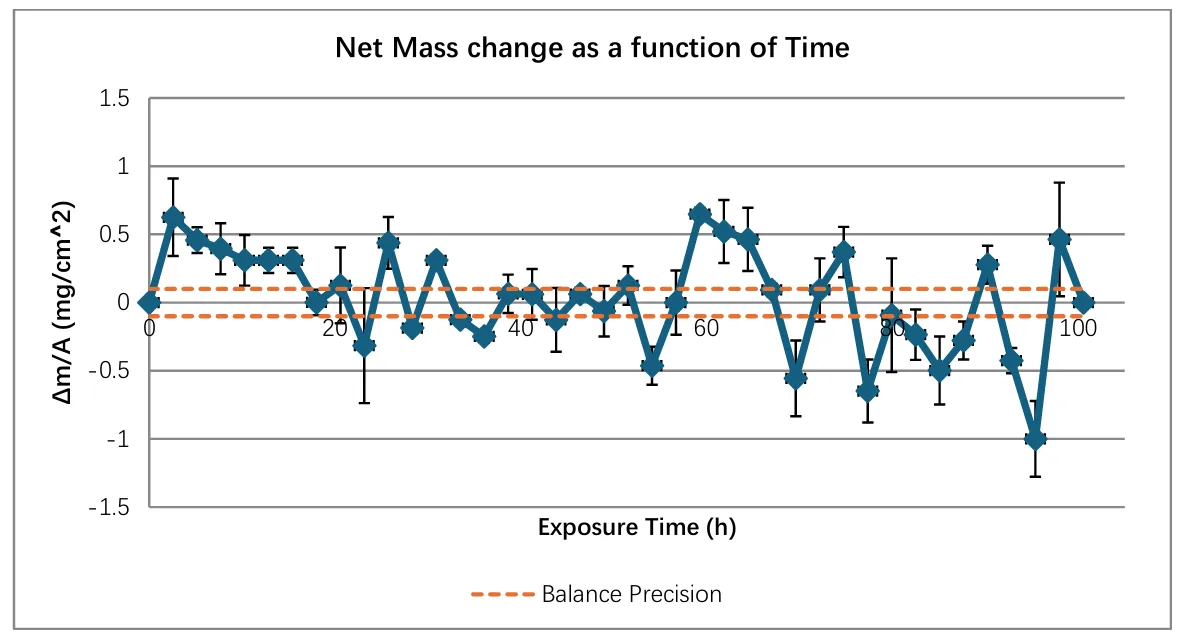
Open Access
Article
26 June 2025Analysis of Rainfall Trend in Australia
Australia is renowned for its highly variable rainfall patterns, which make it a continent marked by both droughts and flooding rains. With global warming driving atmospheric warming and altering weather systems, this variability is projected to intensify. Despite this, the specific trends and extent of rainfall changes across the country remain uncertain. Within this context, in this study, the temporal variability of rainfall in Australia was examined at annual, seasonal, and monthly scales using rainfall data spanning 1920 to 2020. Specifically, non-parametric tests were employed to assess the magnitude and significance of rainfall trends across 505 rainfall series within the Australian region. Results showed a widespread increase in rainfall in summer and spring throughout the study area. By contrast, autumn and winter showed a marked decrease in rainfall, with the greatest evidence along the Queensland coast and in southern Western Australia. If these trends are confirmed in the coming years, these deficits could limit water resources, affecting agricultural areas, the conservation of natural areas, and national parks. In addition, these changes in rainfall could increase the risk of droughts and wildfires, which could also have socio-economic impacts.
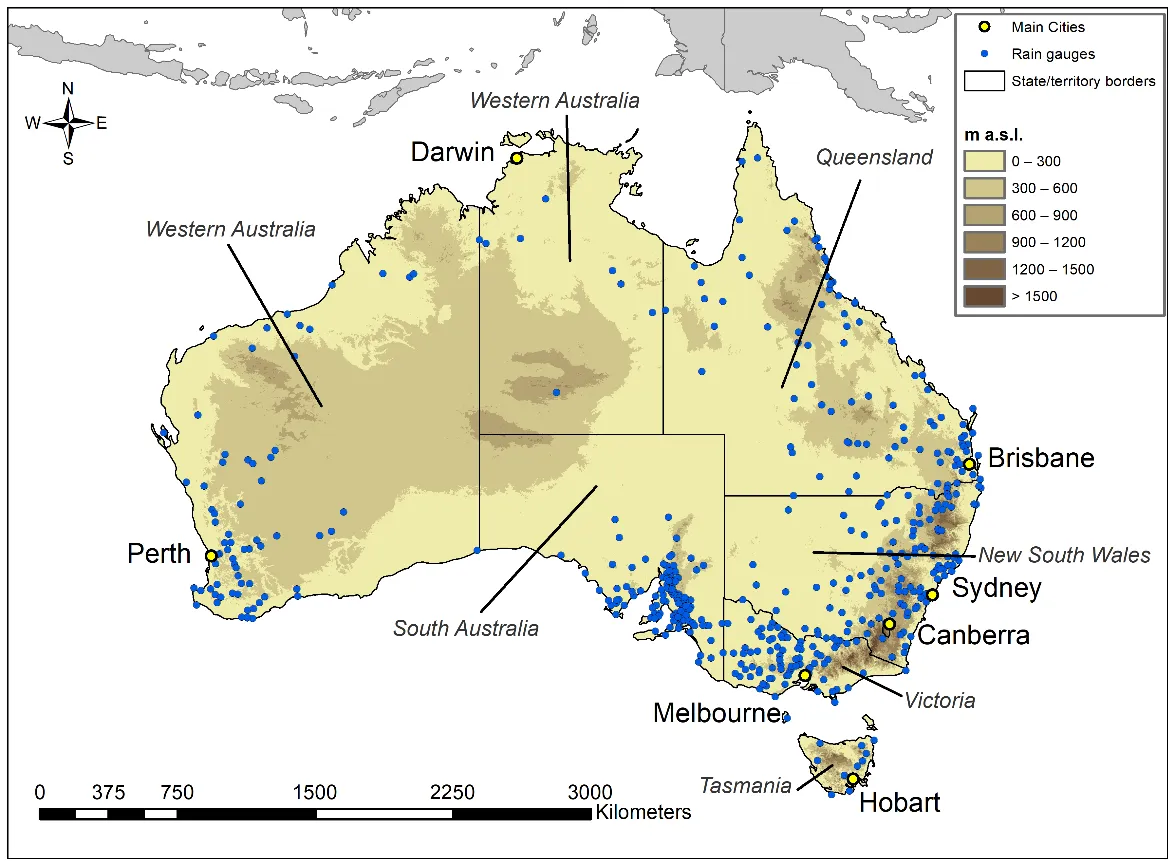
Open Access
Article
26 June 2025Assessment and Spatialization of the Potential of Marine Renewable Energies in the Gulf of Guinea: Case of the Cameroonian Coast
This study explores, through mathematical simulation and Geographic Information Systems, the electricity production potential of Marine Renewable Energies (MRE) on the Cameroonian coast. The study uses data from the National Institute of Cartography and, in the absence of in situ oceanographic observation, data from the National Oceanic and Atmospheric Administration and those of Copernicus Marine Services, to determine and identify, after calculations on Excel and spatial representation on ArcGIS 10.2.2, areas with high MRE potential. The analyses carried out show that the Cameroonian coastline is full of significant potential for the development of MRE. Indeed, with a potential of approximately 6 kW at sea and approximately 1 kW on the coast, current energy constitutes a capitalizable opportunity. Concerning wave energy, the average production potential of the Cameroonian marine area is approximately 3.37 kW/m. However, it is much higher on the Kribi coast (between 4 and 7 kW/m). Furthermore, significant potential for tidal energy can be identified in the Wouri estuary, as well as in other sectors such as marine thermal energy and osmotic energy, although this requires further analysis to be better understood. These results would help promote research on these energies in Cameroon.
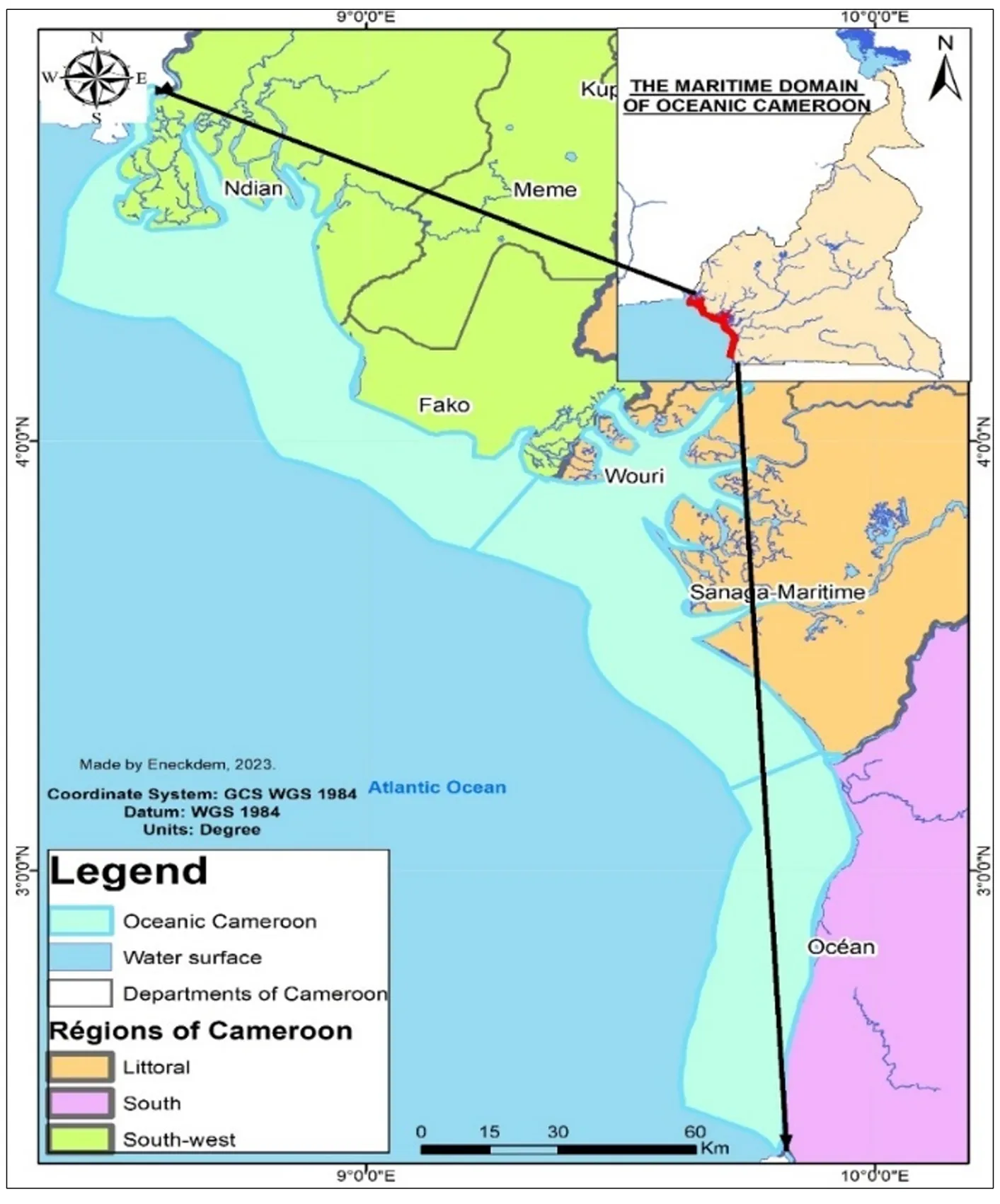
Open Access
Article
26 June 2025Testing Photogrammetry in Assessing Health of Houston Toads (Bufo [=Anaxyrus] houstonensis)
The Houston toad (Bufo [=Anaxyrus] houstonensis) is an endangered amphibian species that occupies a small range in Texas, USA. Despite recent increases in juvenile detections, obtaining data is limited by a narrow temporal window of juvenile emergence. This necessitates the rapid collection of ecological data. Because of this, we seek to test the quality of image-based measurements as an alternative to assessing the body condition of Houston toads. We used caliper- and image-based measurements of wild-caught adult toads and captive-bred juveniles, while recording handling time for each method with the juveniles. We compared scaled mass indices (SMI) and residuals from ordinary least squares regressions (OLS) between methods and life stages. Handling time of juvenile toads was significantly lower (p < 0.0001) for the image-based trial than the caliper-based trial. While SMI values violated key assumptions for a valid Condition index (CI), OLS condition index values did not. OLS condition values from the image-based trial were also not statistically significantly different to those from the caliper-based trial. These observations suggest that our image-based measurement technique is a valuable alternative to gaining morphometric data, and that applying this data to an OLS residual index is a more appropriate approach to monitoring individual- and population-level health in Houston toads.
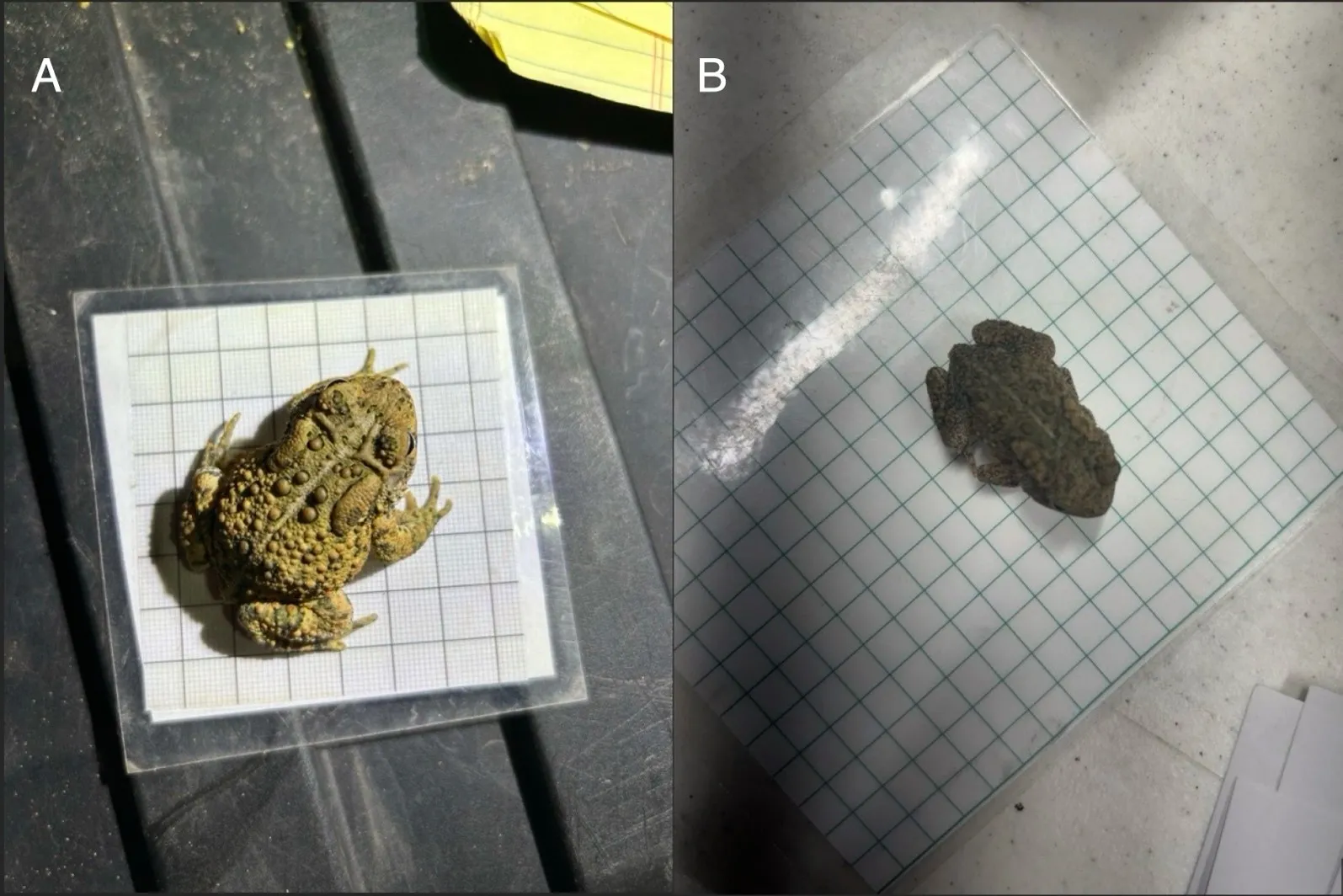
Open Access
Article
23 June 2025Asset Management Excellence: A Roadmap for Integrating Lean Six Sigma and ISO 55001 to Achieve Operational Excellence
Asset Management Excellence (AME) has become essential for sustaining operational efficiency and long-term competitiveness in today’s digitally driven and increasingly complex industrial landscape. This study introduces an integrated roadmap that aligns Lean Six Sigma (LSS)—specifically the DMAIC methodology—with ISO 55001 standards to enhance asset reliability, optimize lifecycle performance, and support continuous improvement. The proposed model embeds principles such as lifecycle value optimization, risk-based decision-making, and sustainability. It leverages proven tools, including Failure Mode and Effects Analysis (FMEA), Root Cause Analysis (RCA), Statistical Process Control (SPC), predictive maintenance, and real-time monitoring to enable proactive, data-driven asset management. This integration supports efficiency, reduces variability, and extends asset life. Performance is measured through key indicators such as Mean Time Between Failures (MTBF), Overall Equipment Effectiveness (OEE), and lifecycle cost-efficiency. These metrics enable organizations to monitor progress, validate improvements, and ensure alignment with strategic objectives. The study also addresses common implementation challenges across financial, organizational, workforce, technological, and structural domains. It proposes targeted mitigation strategies, including phased implementation, cost-benefit analyses, stakeholder engagement, digital readiness assessments, and capacity-building programs to enhance adoption and long-term sustainability. While conceptual, the roadmap offers a practical, scalable approach to embedding LSS within asset management systems. It fosters a transition from reactive to proactive practices, enhancing resilience, sustainability, and strategic value. Future research will validate the framework through sector-specific case studies and pilot implementations.
